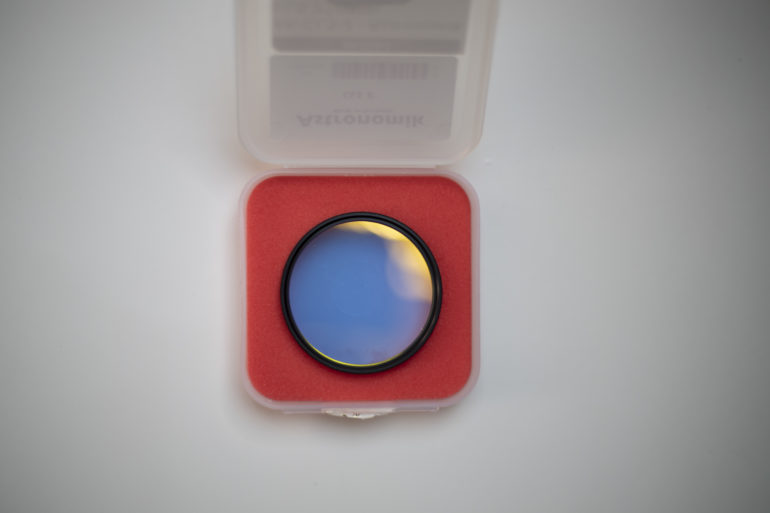Formats
- 1.25″ Mounted
- 2″ Mounted (48mm threads)
- T-thread cell (M42 thread with 0.75mm spacing)
- SC-cell (2″ / 24TPI)
- 31mm Unmounted
- 36mm Unmounted
- 50mm Unmounted
- Canon EOS APS-C Clip-Filter
- Canon EOS M Clip-Filter
- Canon EOS XL Full Frame Clip-Filter
- Canon EOS XL R Clip-Filter
- Sony alpha Clip-Filter
- Nikon XL Clip-Filter
- Pentax K Clip-Filter
Spectral Transmission
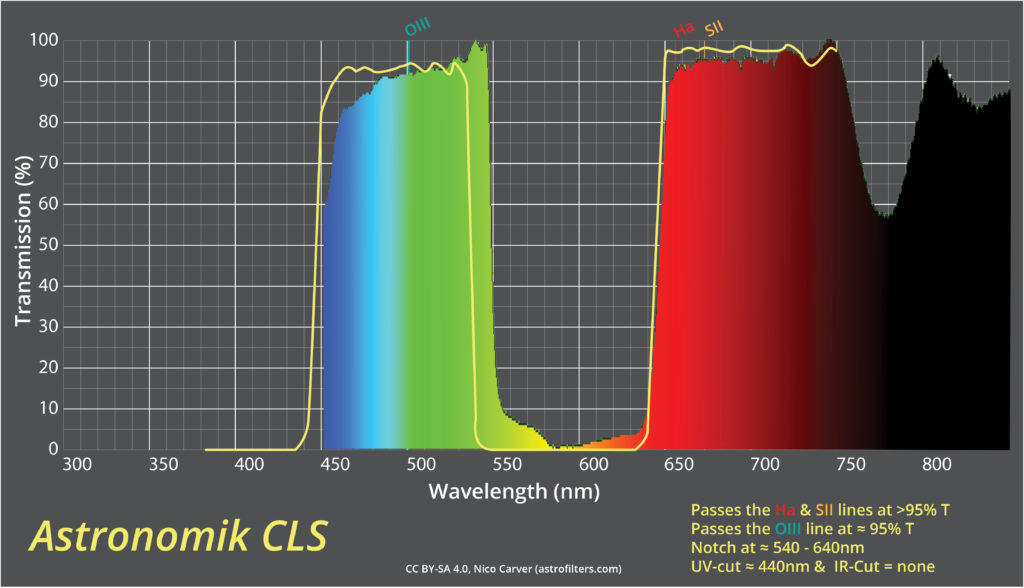
Physical Characteristics of 2″ filter
- Filter mount thickness: above threads: 4.4mm; including threads: 6.84mm
- 48mm threads
- Minimal knurling only on top
- Highly reflective interference filter
Real world tests
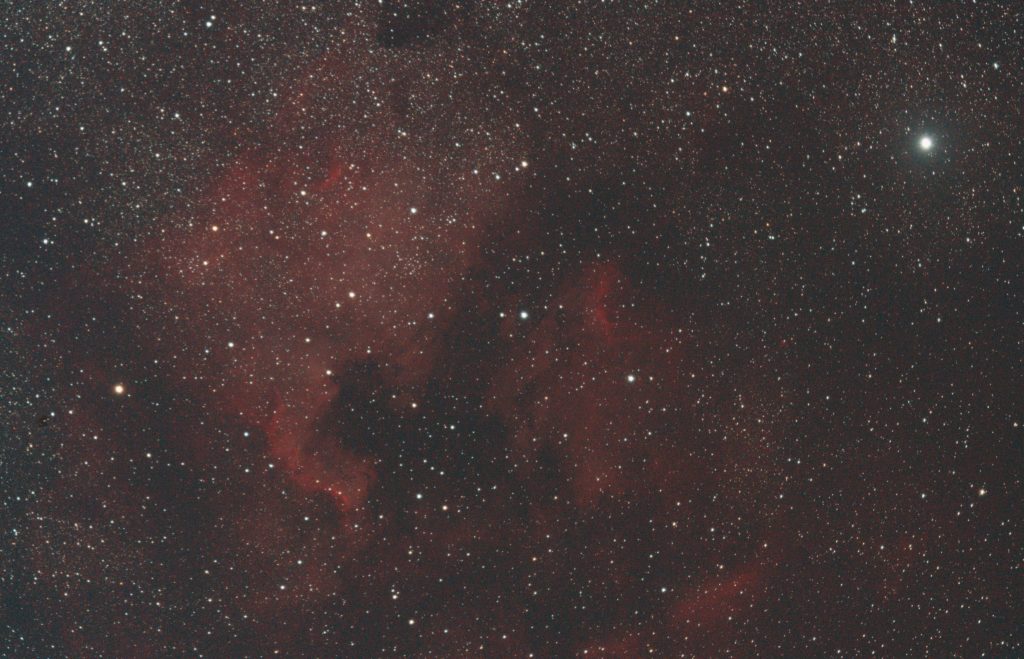
Open full-size image in new tab.
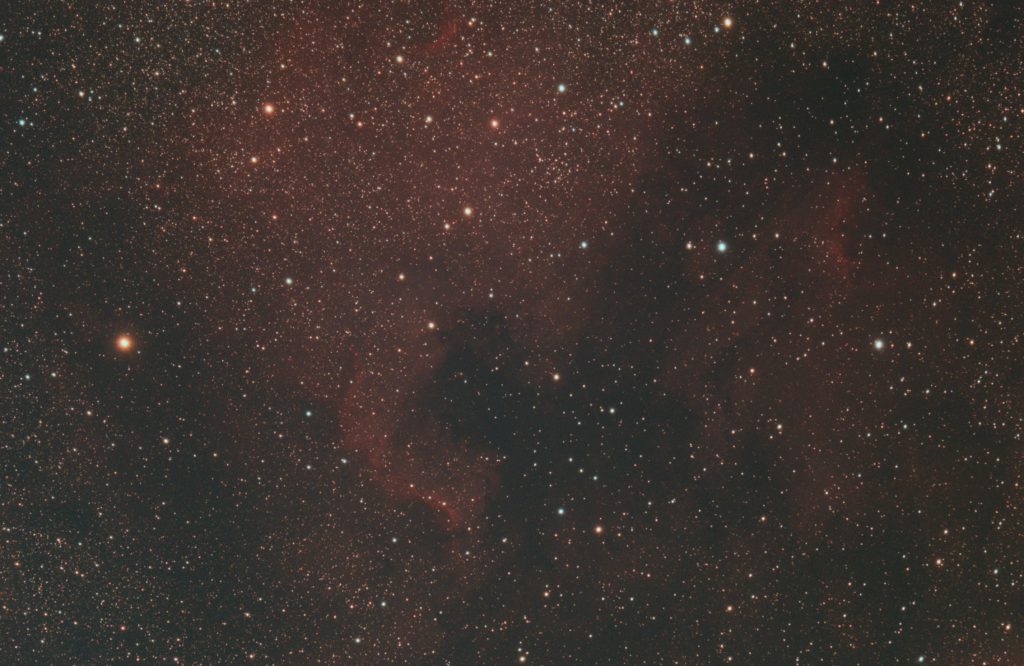
Open full-size image in new tab.
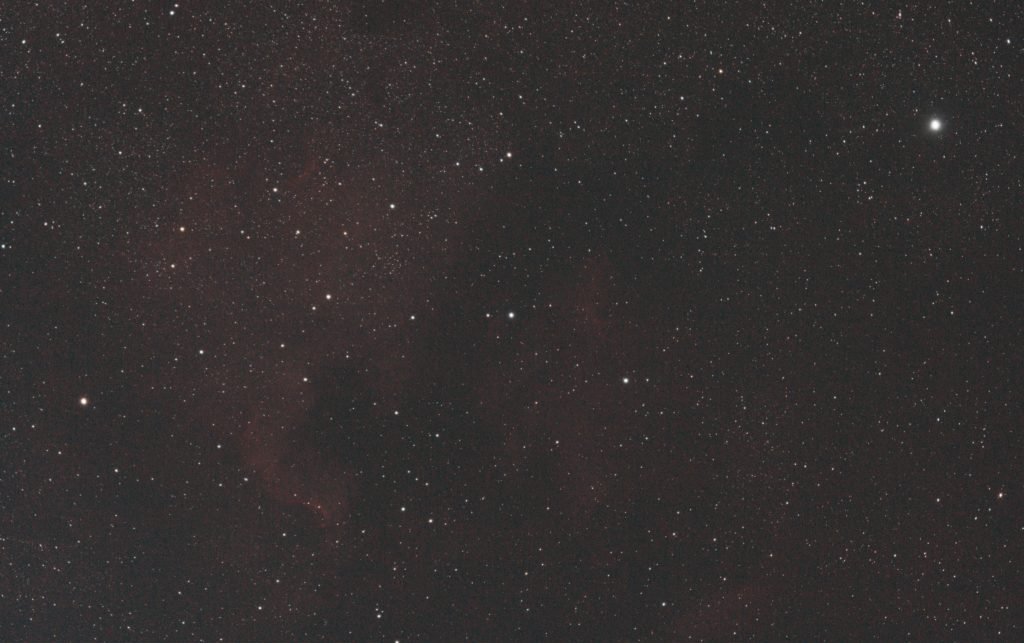
Open full-size image in new tab.
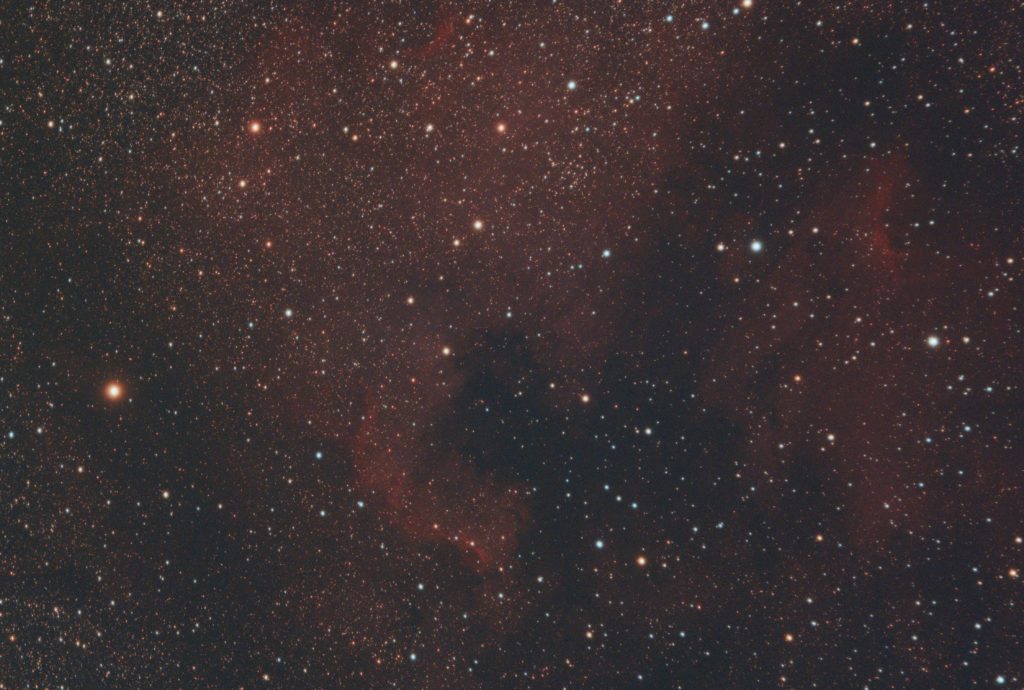
Open full-size image in new tab.
